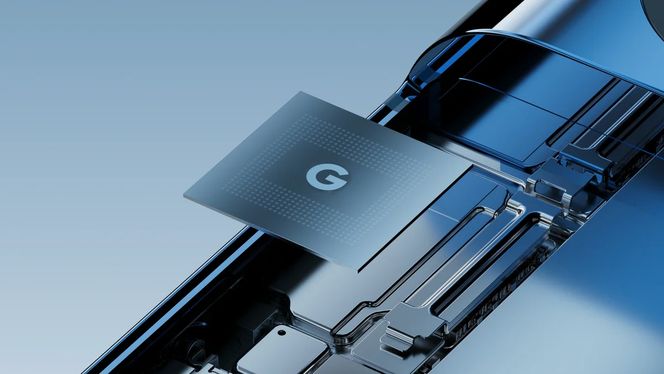TECH NEWS – It will be the Google Pixel 10 series that will feature this chip, and based on the leak of a benchmark result, we can’t expect much good.
The Tensor G5 will be the first SoC (system-on-a-chip) based on TSMC’s 3-nanometer N3E architecture. We can expect a new CPU cluster and support for ray tracing, and the company will not use its own cores as Qualcomm did with the Snapdragon 8 Elite. A device codenamed Google Frankel running Android 15 has appeared in Geekbench 6.
This one has the Tensor G5 chip with a 1 + 5 + 2 CPU cluster, but the chipset doesn’t take advantage of the Arm Cortex-X925 coming next year, instead it has the Cortex-X4. Five cores are Cortex-A725 and the rest are weaker Cortex-A520. Despite the configuration change, the Tensor G5 only scored 1323 points in single-core tests and 4004 points in multi-core tests. In contrast, the Apple M4 Max scored higher, which could mean one of two things: either Google’s hardware is in early testing (which would make it perform even worse than the Google Pixel 10’s later results), or Google doesn’t really want to compete with the current generation of silicon.
A Google executive has previously openly stated that the performance of its predecessor, the Tensor G4, was no accident because the chip was designed to improve the user experience, not break records. However, it should be added that if a chip’s single- and multi-core performance lags behind others, it has become inferior to its competitors and may fall short when running large language models (LLMs) or AAA games, for example.
So like the Tensor G4, the Tensor G5 will not change the world based on the results so far. Hopefully it will improve, but there is little reason to be optimistic.
Source: WCCFTech
















Leave a Reply